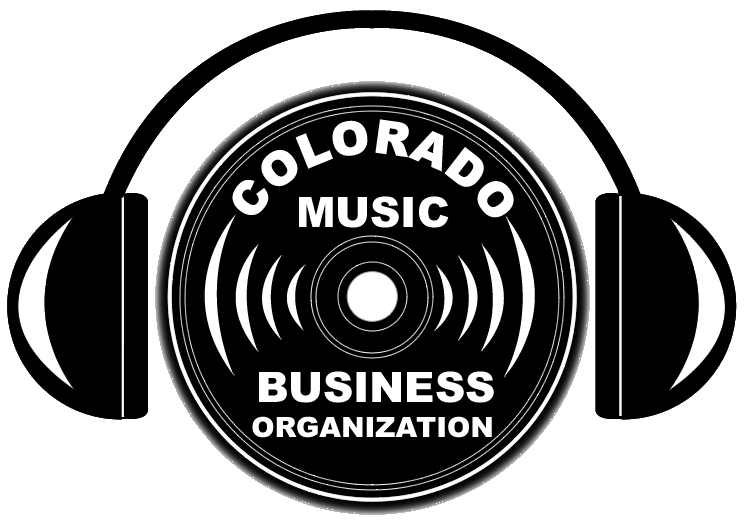Photo: Rahsaan Roland Kirk | By Charles Waring, Yahoo/uDiscover Music | No one expected The Ed Sullivan Show to be controversial, but thanks to an infamous performance by jazz musician Rahsaan Roland Kirk, one of its final episodes proved a memorable spectacle.
Having run for 23 years straight, The Ed Sullivan Show was an iconic platform that drew millions of viewers across America and had been both a beacon and barometer of popular culture; crucially, it was instrumental in introducing the wider American public to pioneering home-grown musicians like Elvis Presley and international acts such as The Beatles and The Rolling Stones. During its 650+ episodes, it also showcased many jazz artists, especially in the 1950s, when it featured Louis Armstrong, Count Basie, and Duke Ellington. In the following decade, however, jazz’s commercial descent was reflected by the show offering fewer performance opportunities for jazz acts, especially Black ones.
By 1971, Kirk was known as a charismatic and outspoken maverick who was frustrated that jazz and its creators were ignored by the American media. The 35-year-old musician was a virtuoso whose party trick was blowing three horns simultaneously. He was also deeply passionate about jazz – or what he preferred to call “Black Classical Music” – and wanted to raise its visibility in a country that seemed oblivious to its indigenous art form’s historical and cultural importance. Inspired by the climate of protest sweeping America in the counterculture age, he and his friend Mark Davis established The Jazz and People’s Movement (J&PM), which began in 1969 initially as a regular jam session event at the Village Vanguard on Monday nights.
Using the slogans “Stop the whitewash now!” and “Hire more Black artists on TV!”, Kirk and Davis collaborated to write a manifesto that castigated the American media for its role in underwriting bigotry and discrimination; the movement’s aims, they stated, were to “enable Black artists to reach the positions of prominence that their artistry so deserves – to breathe new life into Black culture.”
Emboldened by the mainly positive response from other jazz musicians, Kirk and Davis put together a petition demanding that television shows give Black musicians greater visibility. They organized a spirited but peaceful disruption (where their followers blew whistles and held placards) of The Merv Griffin Show in August 1970. It got them on TV news across the country, but they were branded “Black militants,” which led the FBI to monitor their activities closely.
> > > > > > > >
In truth, though, the fallout from his Sullivan performance had disillusioned the multi-instrumentalist, as his friend Mark Davis told John Kruth: “After The Ed Sullivan Show, Rahsaan’s heart was broken,” he revealed. By 1972, the J&MP had run out of steam, and Kirk became a lone crusader, continuing to spread the jazz message via his concerts and albums. Kirk died from a stroke in December 1977 at the age of 42, but in his final interview, reflected back on his time leading the J&MP. “I knew it was something that couldn’t last,” he explained, “but it was something to show that the musician … does more than put needles in his arm or smoke pot.” He added, with a sense of pride: “That really showed people that we cared about what we were into.”
Read the full story here:
https://www.yahoo.com/entertainment/rahsaan-roland-kirk-shook-ed-154243973.html
uDiscover Music is operated by Universal Music Group (UMG). Some recording artists included in uDiscover Music articles are affiliated with UMG.
Photo: Rahsaan Roland Kirk (from his Facebook page)
https://www.facebook.com/RahsaanRK/photos/

